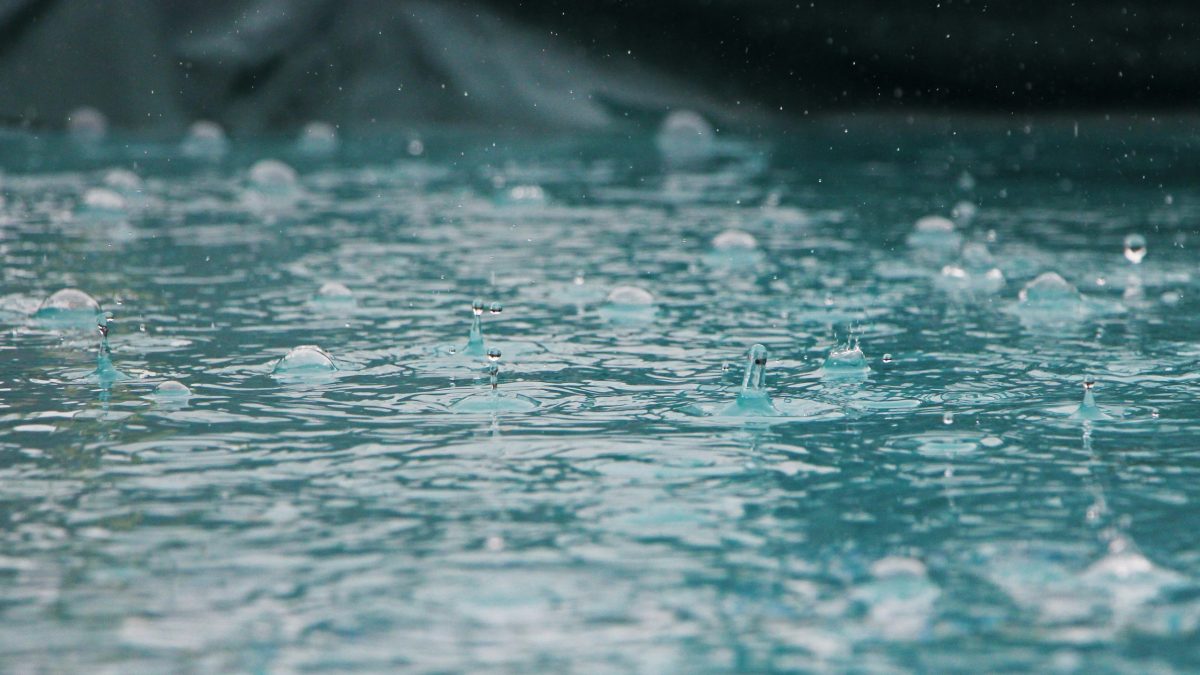*This article is also available on FES Planet and The Youth Harbour
In 2007, a pivotal kitchen table conversation unfolded in Wellington County, Ontario*. Concerned citizens gathered to discuss the looming environmental impact of Nestlé Waters Canada’s water bottling operation in their community. Already grappling with water scarcity, they were dismayed to learn that this corporation held a provincial license allowing it to extract up to 3.6 million liters of water per day from their local sources. This realization ignited a profound call to action: “We need to protect our water.”
Despite wielding the right facts and community support, these activists encountered a frustrating lack of response from provincial decision-makers. Undeterred, they pivoted their approach, recognizing the potency of collective action. Thus, Wellington Water Watchers was born, shifting its focus from mere advocacy to a robust campaign-based strategy aimed at mobilizing public support and holding representatives accountable.
Over the years, Water Watchers continued their work, yet they started noticing the threats to water were “not isolated incidents, but interconnected phenomena,” as Dani explained. They started connecting the dots between local water justice issues and the systemic issues that were making it possible for companies to exploit water with little to no input from the communities they were affecting.
Every single person has an entry point to water”, says Dani, “we wanted the unifying lens of water to be the grounding piece of our work.
Their campaign-based approach, supported by local and international solidarity, became instrumental in mobilizing towards water, climate, and environmental justice. Wellington Water Watchers distinguished itself by prioritizing sustainable, grassroots-led solutions aimed at challenging systemic threats to the environment.
However, securing sustainable funding for their upstream water protection work remains a persistent challenge. Despite this, they persist, driven by the conviction that true change begins at the headwaters of environmental issues.
It’s easy to quantify hard costs of materials or report the amount of trees planted in shoreline restoration projects, but the weight of Water Watchers’ work is in mobilizing and educating people, which comes from their greatest resources: their staff. That’s where The Youth Harbour made a huge difference through their grant making in directly supporting staff wages for community organizing, training, and mobilization, particularly on their environmental justice work targeting improved water access for people most vulnerable to climate impacts.
As they navigate the complexities of water-related challenges, Dani poses a question central to Water Watchers’ ethos: “What does it mean to look at upstream social solutions to the issues creating these downstream environmental issues like water access?” Water Watchers identifies the roots of many issues in systems of capitalism, colonialism, patriarchy, and white supremacy. Recognizing the need for a fundamental shift, they endeavor to redefine the human-water relationship from exploitation to kinship.
Presenting this new understanding to their supporters yielded overwhelmingly positive responses. Dani remarked, “People understand water is life and connects us all.” This recognition of water as vital to planetary survival fosters a sense of collective responsibility. While some may resist acknowledging water justice issues rooted in colonial mentalities, Water Watchers fosters engagement by emphasizing the universal connection to water.
At the core of their approach lies relationship-building and solidarity. By prioritizing connections with one another and with the Earth, they cultivate regenerative spaces. They didn’t learn this knowledge in isolation, but rather through relationships with Indigenous land and water protectors “who are really the ones on the frontlines. We can and will continue to learn more and be better allies through centering Indigenous sovereignty in our work,” said Dani. Being relational in their work rather than prescriptive allows them to create transformative connections that ripple out into water protection impacts.
Water Watchers’ impact extends beyond quantifiable metrics, rooted in their commitment to mobilizing and educating communities. They prioritize relationship-building and collaborative efforts, recognizing conflict as a natural part of progress. Dani explained that, “the educational [component] isn’t about saying ‘this is how bad it is’ because we all know. It’s about giving people the skills and frameworks to think about and analyze a water issue, then mobilize people to respond to it effectively”.
The training creates ripples in this way, that eventually turn into waves of people empowered with a different kind of knowledge that they hope will bring about the change we seek in the environmental movement. Sometimes, that wave can lead to unexpected places as the ripple effect eventually takes a life of its own beyond that first drop created by the training. The impact of those ripples and waves can’t be measured.
Looking ahead, Water Watchers remains steadfast in their mission, forging partnerships and initiatives that center around their foundational belief in the transformative power of water.
From challenging winter salt pollution to revamping their Nestlé campaign with a focus on solidarity and justice, Water Watchers continues to champion water protection with an unwavering commitment to relationality and collective action.
For anyone who reads this story, Dani offers the following questions to reflect on:
What does your personal relationship with water look like? How do you relate to water? What issues or threats exist in the watershed you call home? What might upstream solutions to those threats be and how can you see yourself supporting the work toward change?
* The office of the Water Watchers sits on the traditional territories of the Anishinaabek and Haudenosaunee Peoples, however, their work extends to other parts of Turtle Island and beyond.

